Game Development with Unity
Unity is a versatile and powerful tool for game development. Its ease of use makes it an excellent choice for beginners. In this article, we will give an overview of the basic game development journey with Unity covering 2D and 3D aspects, showcasing games developed with Unity, as well as its licensing options.
This article is part of a series on getting started with game development and game engines. We recommend you read the series in order, but feel free to jump around.
- What is an Indie Game?
- How to become a self-taught game developer
- The 7 Stages of Game Development
- Indie game programming for complete beginners
- 23+ Game Development Courses and Resources
- How to choose the right game engine
- Unity vs. Unreal
- Unity vs. Godot
- Game development with Unity
- Unity Basics
- Unity Free vs. Pro
- Unity Asset Store
- Best Unity Courses for 2024
High-Level Overview of 2D and 3D Game Development
Creation of both 2D and 3D games involves distinct processes, tools, and artistic considerations, each offering unique challenges and opportunities for developers. But the overall game development process can be summarized with the points below.
- Graphics and Artwork: 2D game development often focuses on sprite creation, which involves designing and animating flat images. In 3D, this involves creating 3D models for characters, environments, and objects.
- Animation: Animation involves frame-by-frame animation or the use of bone-rigging systems to create more fluid movements.
- Physics and Mechanics: Physics in games plays a vital role, especially in creating realistic movements and interactions like collision detection.
- Level Design: This involves the strategic placement of obstacles, enemies, and items within the game world.
- Gameplay Mechanics: The core gameplay mechanics in games can range from simple platformers and puzzles to more complex combat and exploration systems.
Lighting and Rendering, Camera perspective are a few additional points to consider while developing for 3D.
📄 Resources:
Showcase of Games Developed with Unity
Many successful games have been developed using the Unity engine. Popular titles like “Monument Valley,” “Cuphead,” and “Hollow Knight” showcase Unity’s 2D game development features. These games are known for their unique art styles and fluid gameplay.
In 3D, games like “Ori and the Blind Forest” and “Hearthstone” demonstrate Unity’s capability to handle diverse genres, from platformers to strategy games. These titles highlight Unity’s ability to render beautiful, detailed environments and many will feature cel shading or other unique art styles. They also demonstrate how Unity is capable of managing complex game mechanics…
You can check out the Made With Unity webpage on Unity website to see the latest games developed with Unity. You can also apply for Unity awards on this page if you have created a game with Unity yourself.
📄 Resources:
Overview of Unity 3D Capabilities
3D game development is a process with numerous steps. Here are some key aspects that make Unity a great choice for 3D game development.
Unlike 2D, Unity does offer a 3D modeling package known as ProBuilder for creating 3D models inside Unity. Even though it’s not as feature rich as a regular 3D modeling software, it can be used to create simple 3D models for quick prototyping.
Unity supports a wide range of file formats, allowing for the smooth import of models and textures from popular 3D modeling software.
Unity’s dynamic lighting effects contribute significantly towards creating immersive and visually striking 3D environments.
Unity’s Shader Graph is a powerful tool for developers looking to create custom shaders without writing extensive code. This visual tool empowers developers to craft unique visual effects through an accessible, node-based interface.
📄 Resources:
Unity licensing
Unity is free till you start making tons of money with your game. Unity has a pro license for users making more than $100K in the last 12 months. Users earning under $200k in the last 12 months, can use Unity Personal starting with the LTS version releasing in 2024. When it comes to making the final decision on Unity Free vs. Pro, it is not an easy call, but we generally recommend Unity Free for all beginners…
Unity Pro Features
Unity pro offers a ton of features from game creation or game publishing. Here are some key features to know
- Priority Support.
- Cloud tools for diagnostic and collaboration.
- Publishing to console.
- Splash Screen customization.
- Havok Physics.
Conclusion
Whether you’re interested in 2D or 3D game development, Unity offers the tools and capabilities needed to bring your vision to life. With a range of licensing options, Unity caters to developers of all levels, making it an excellent choice for beginners.

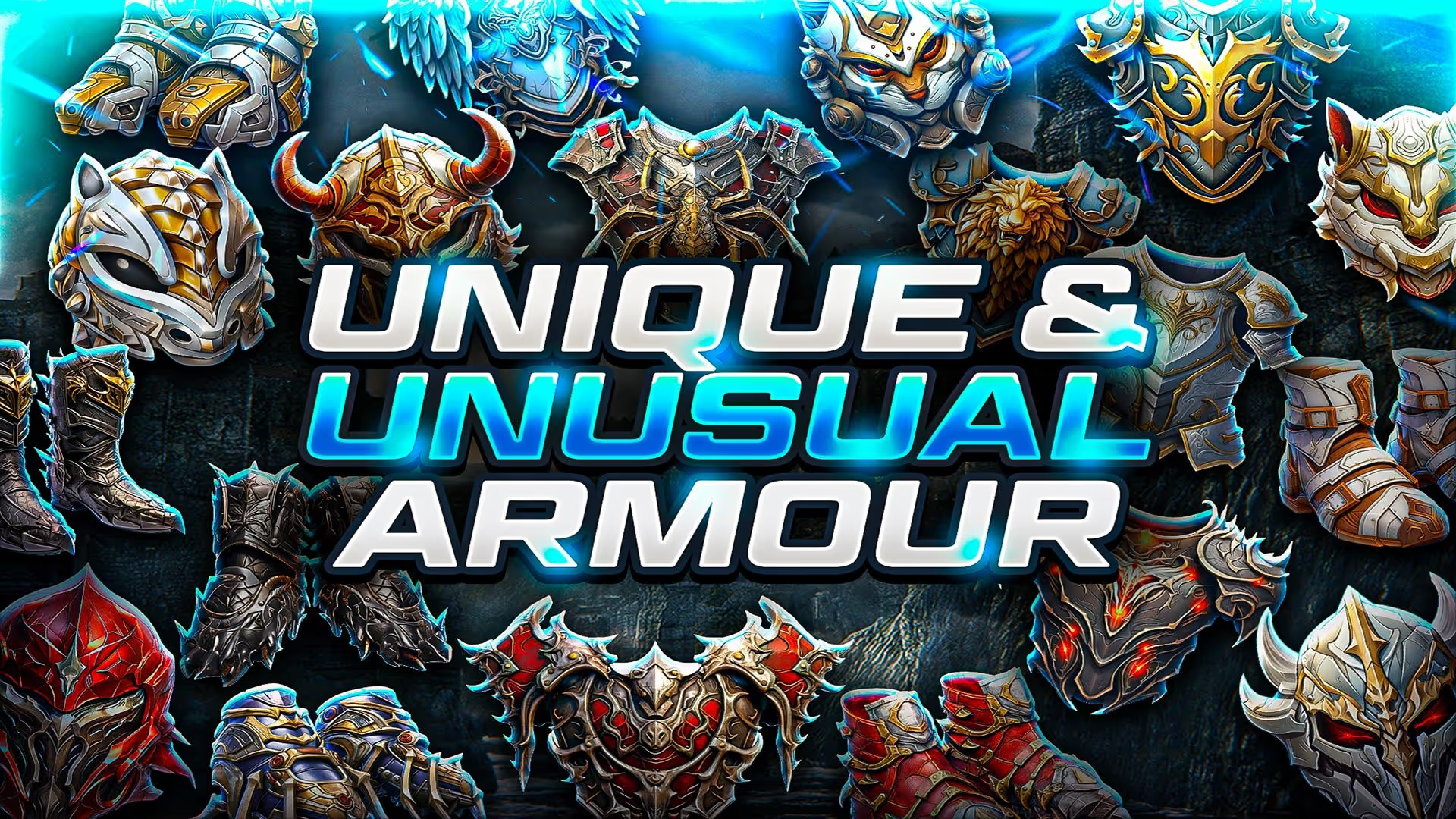
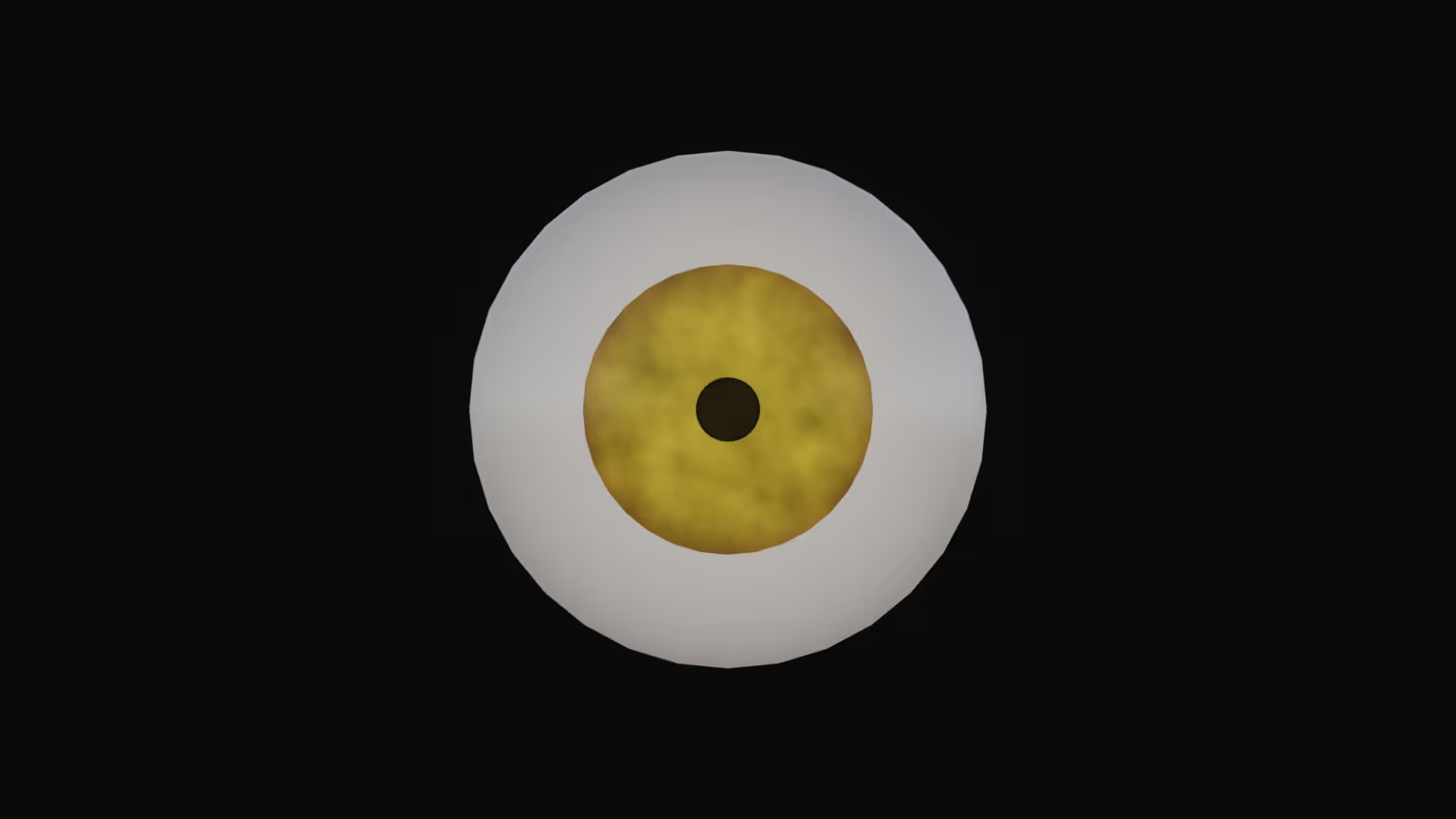

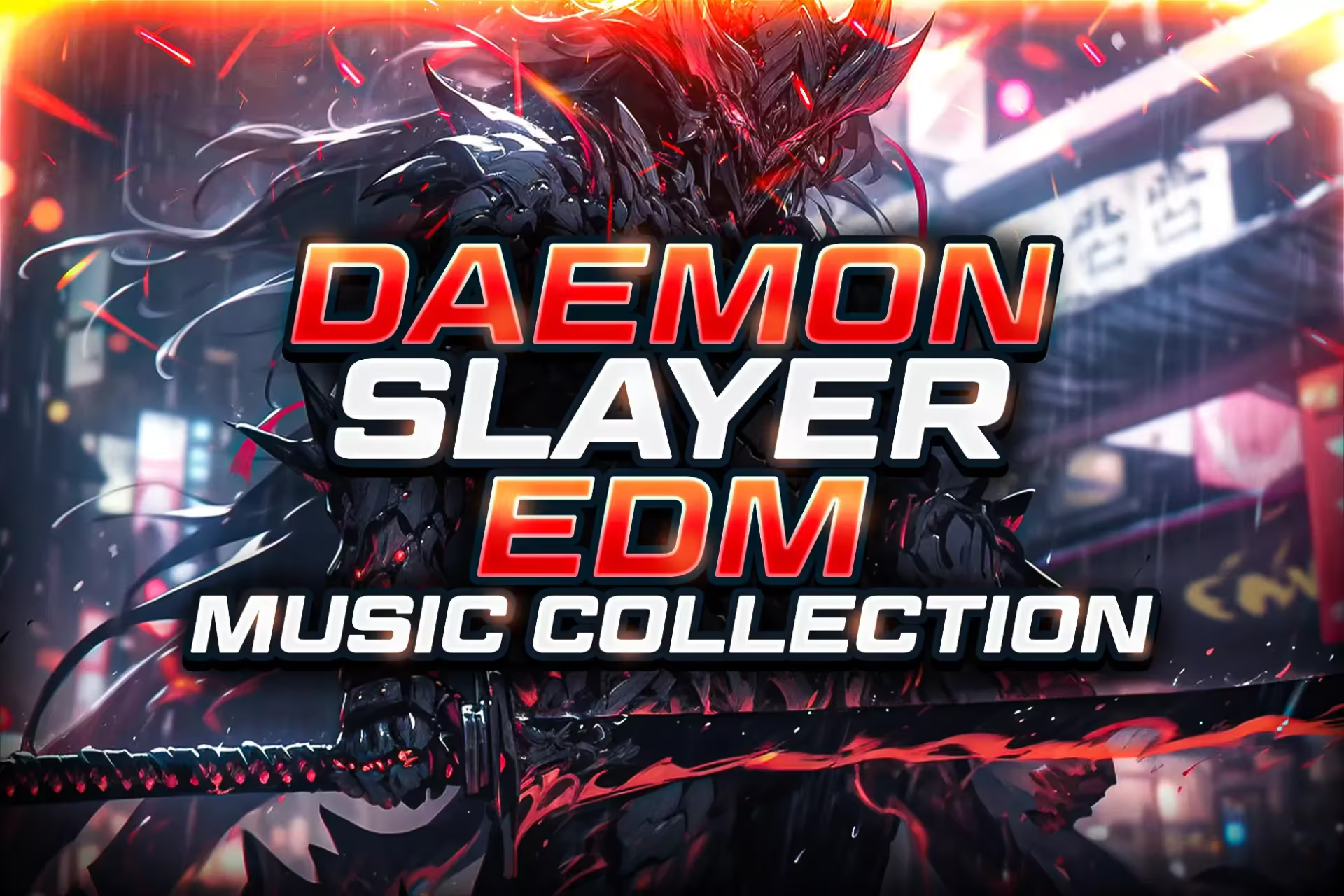
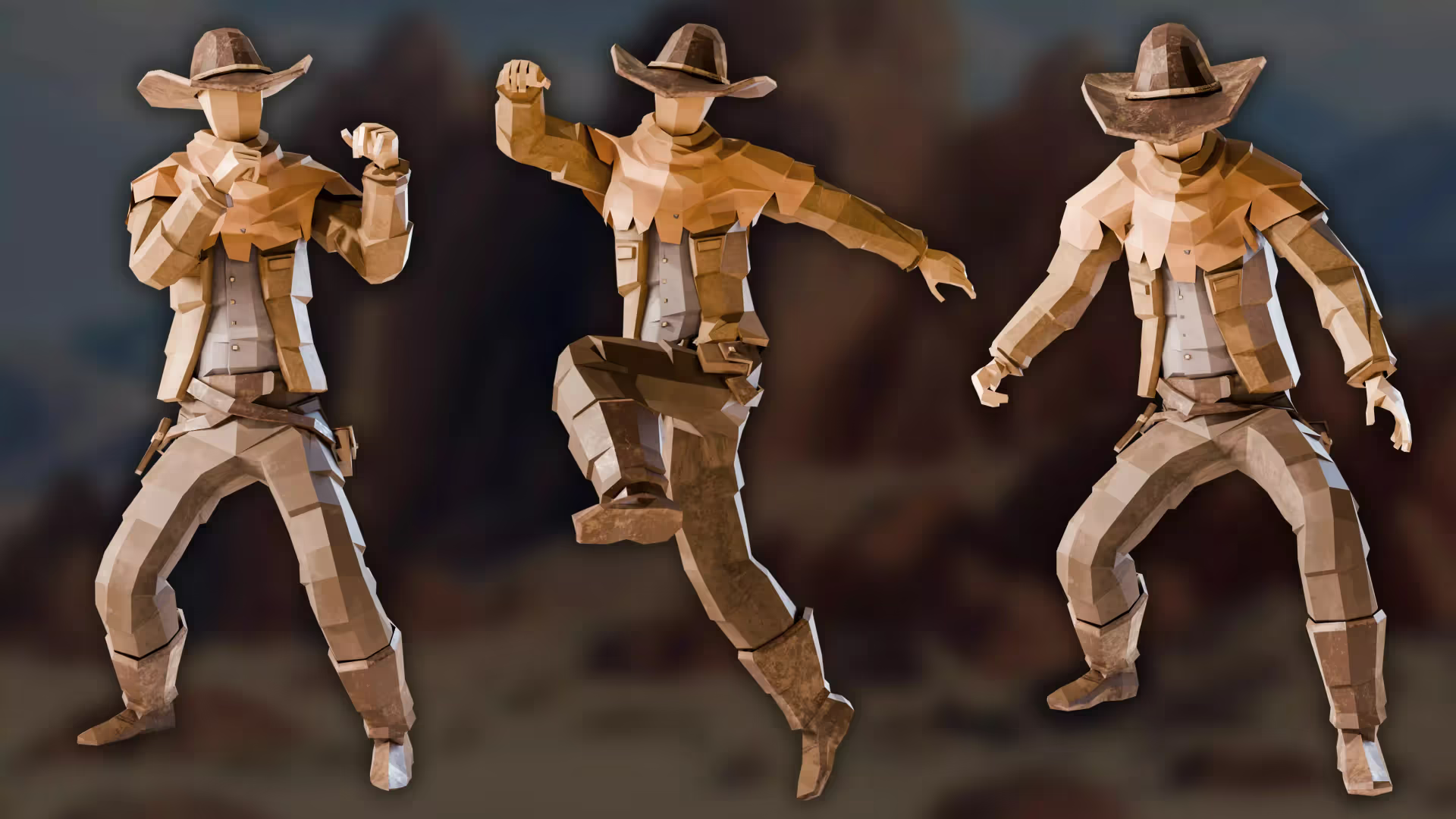
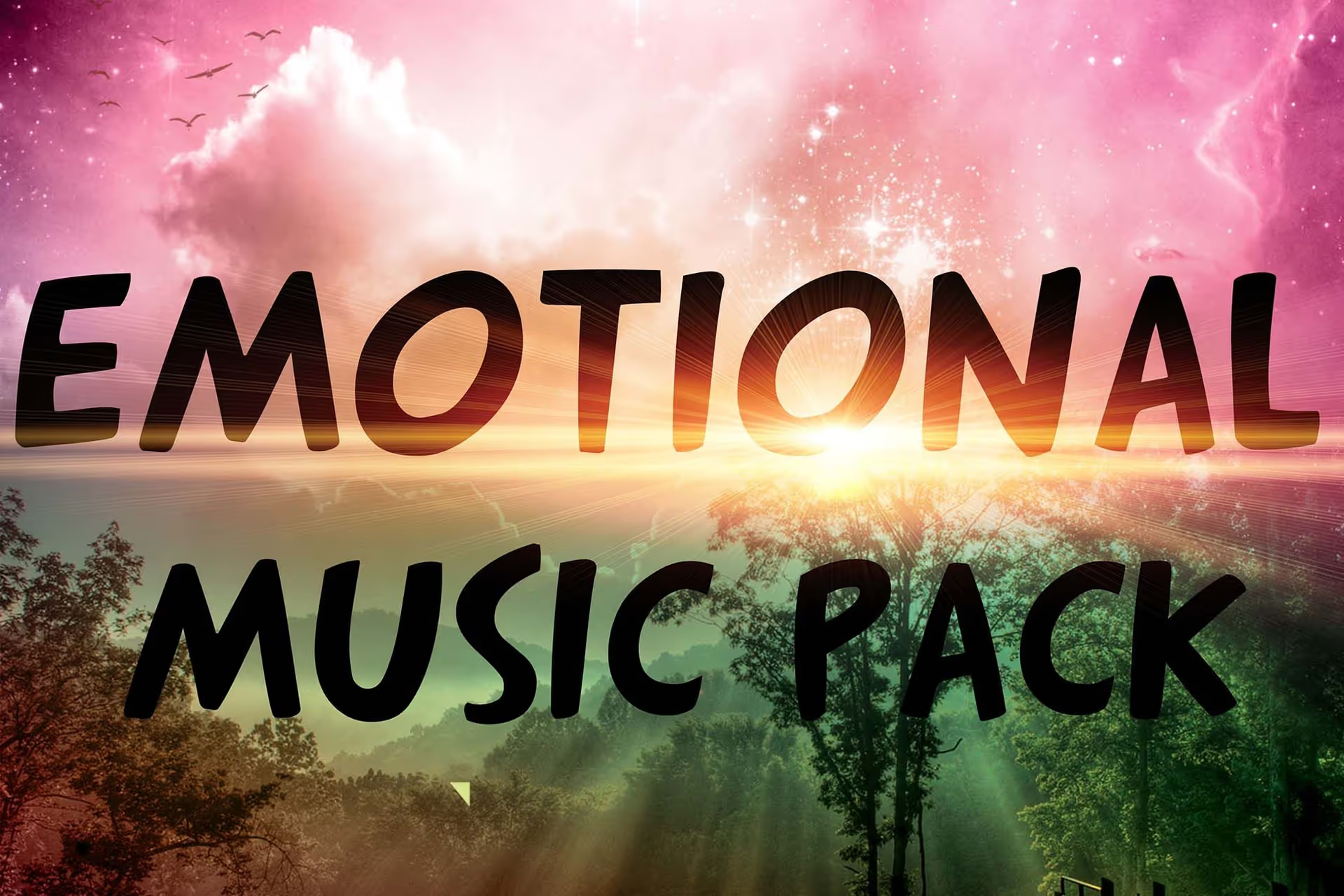
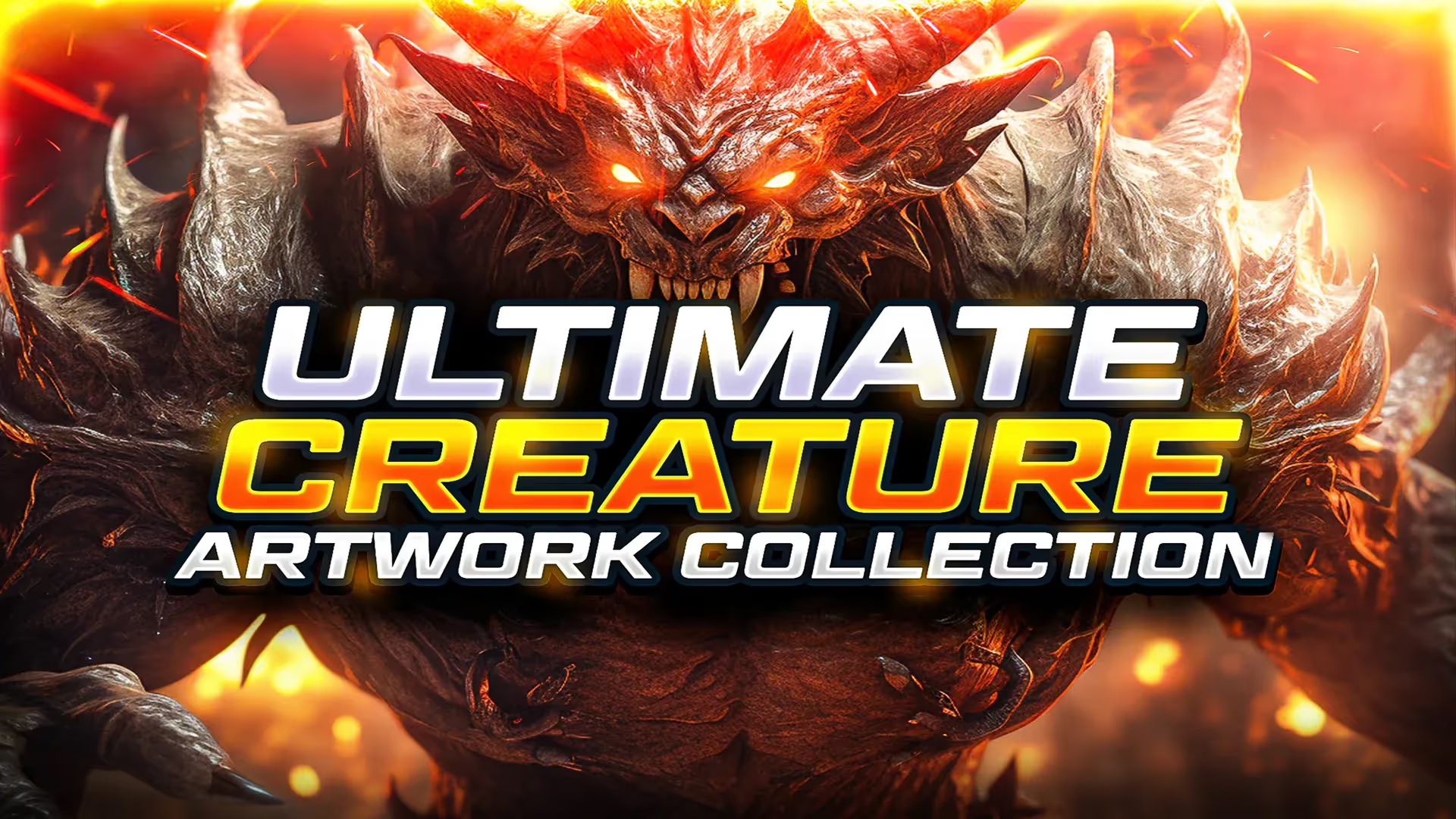

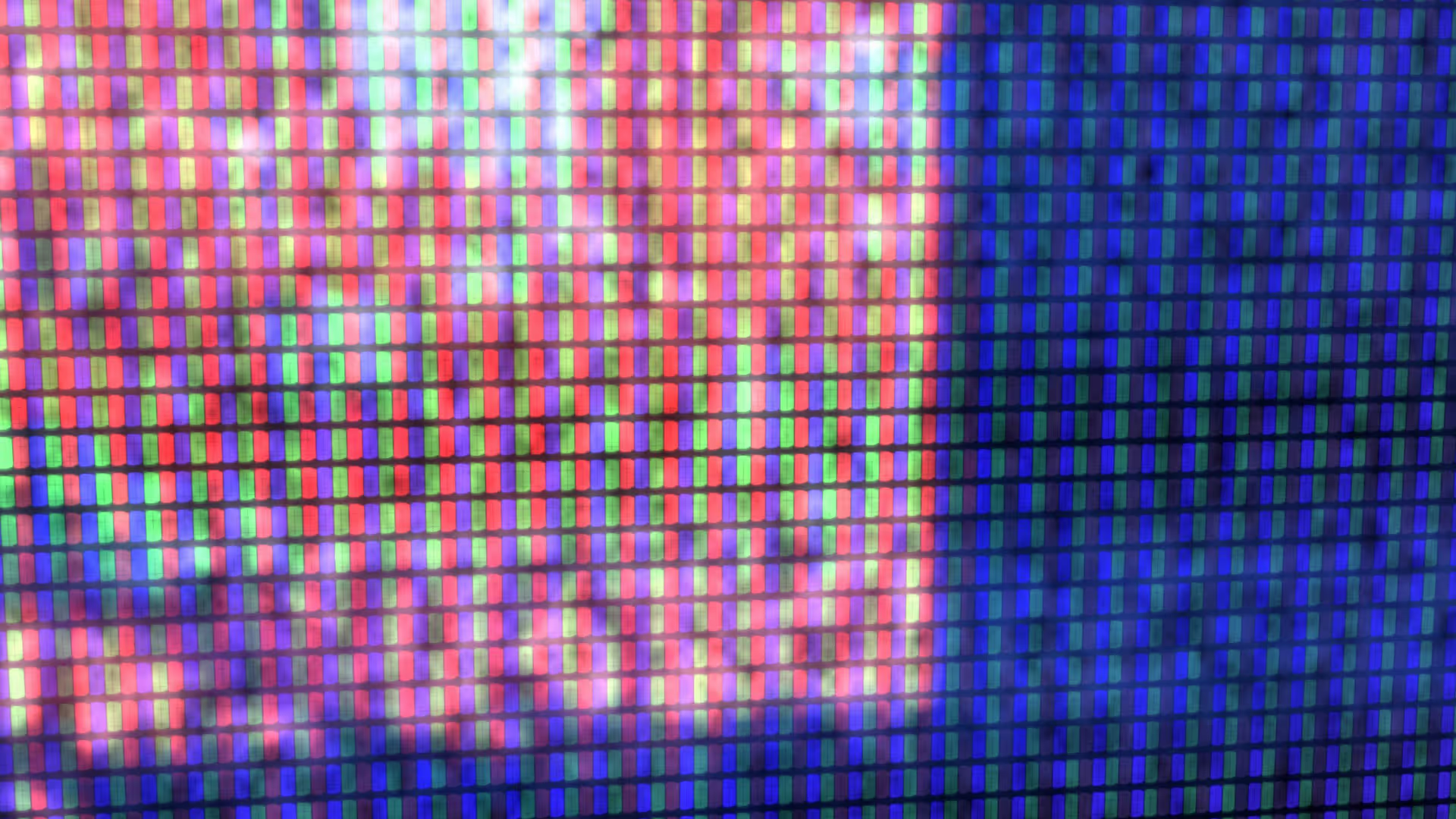

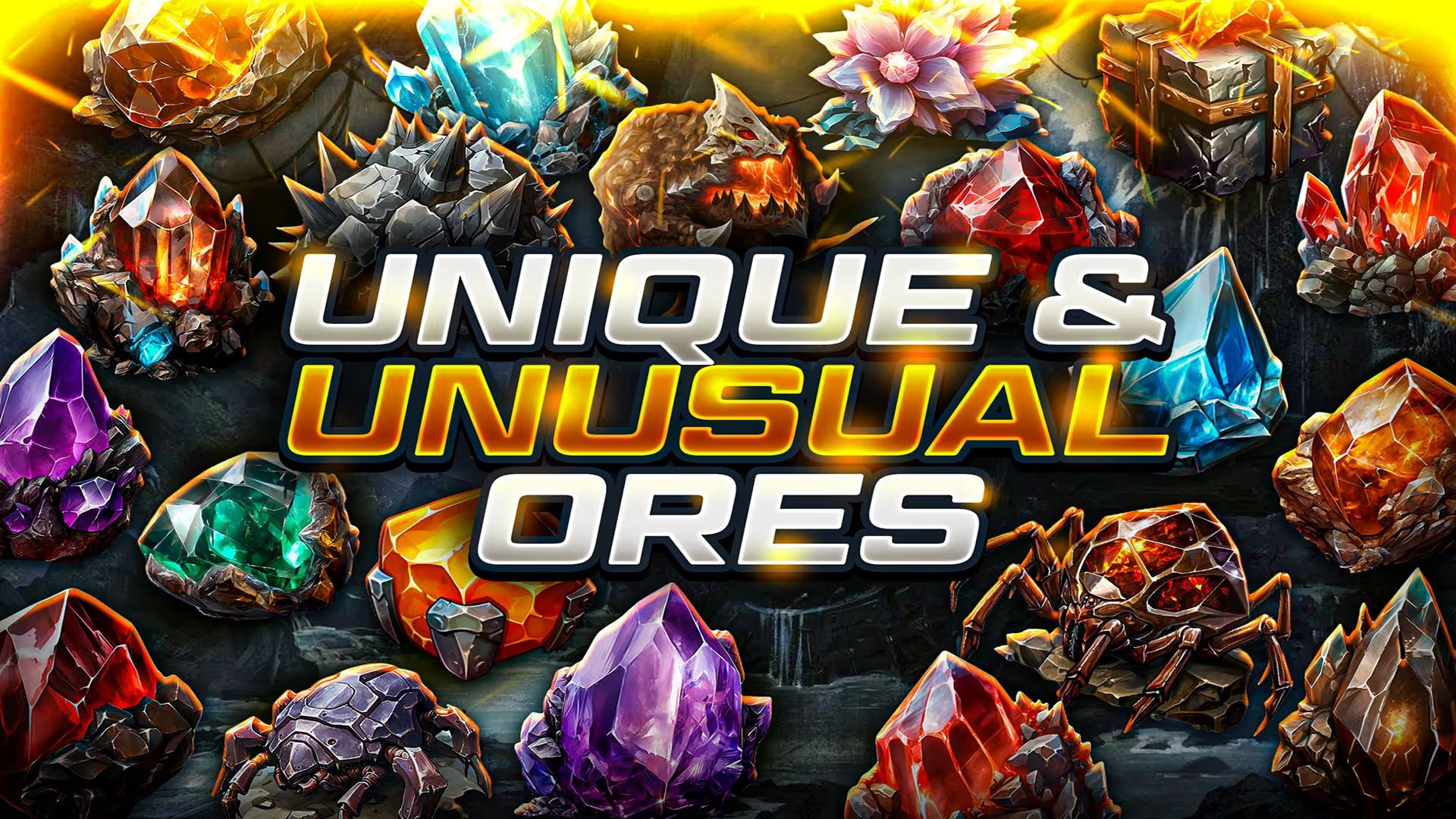
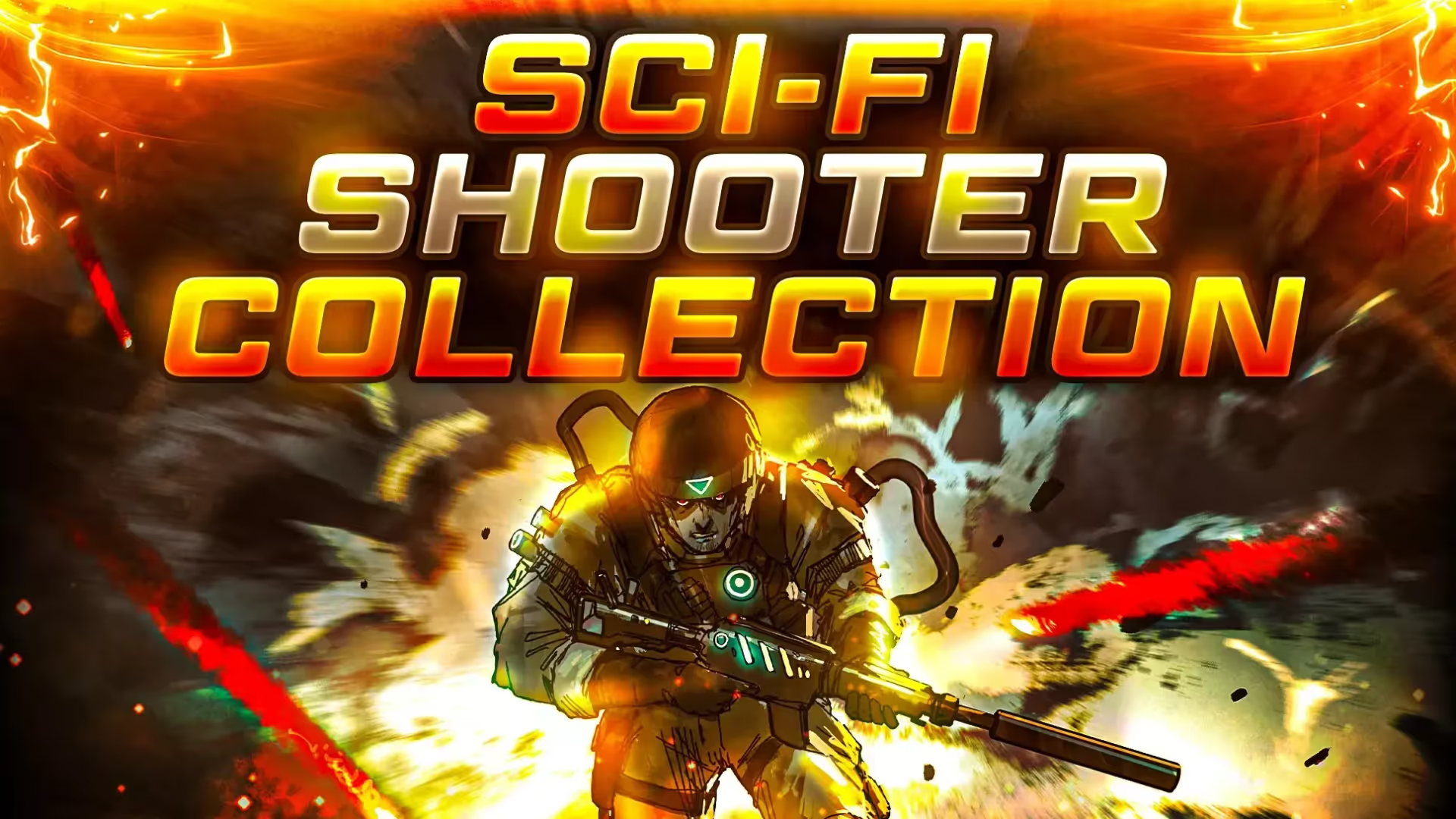
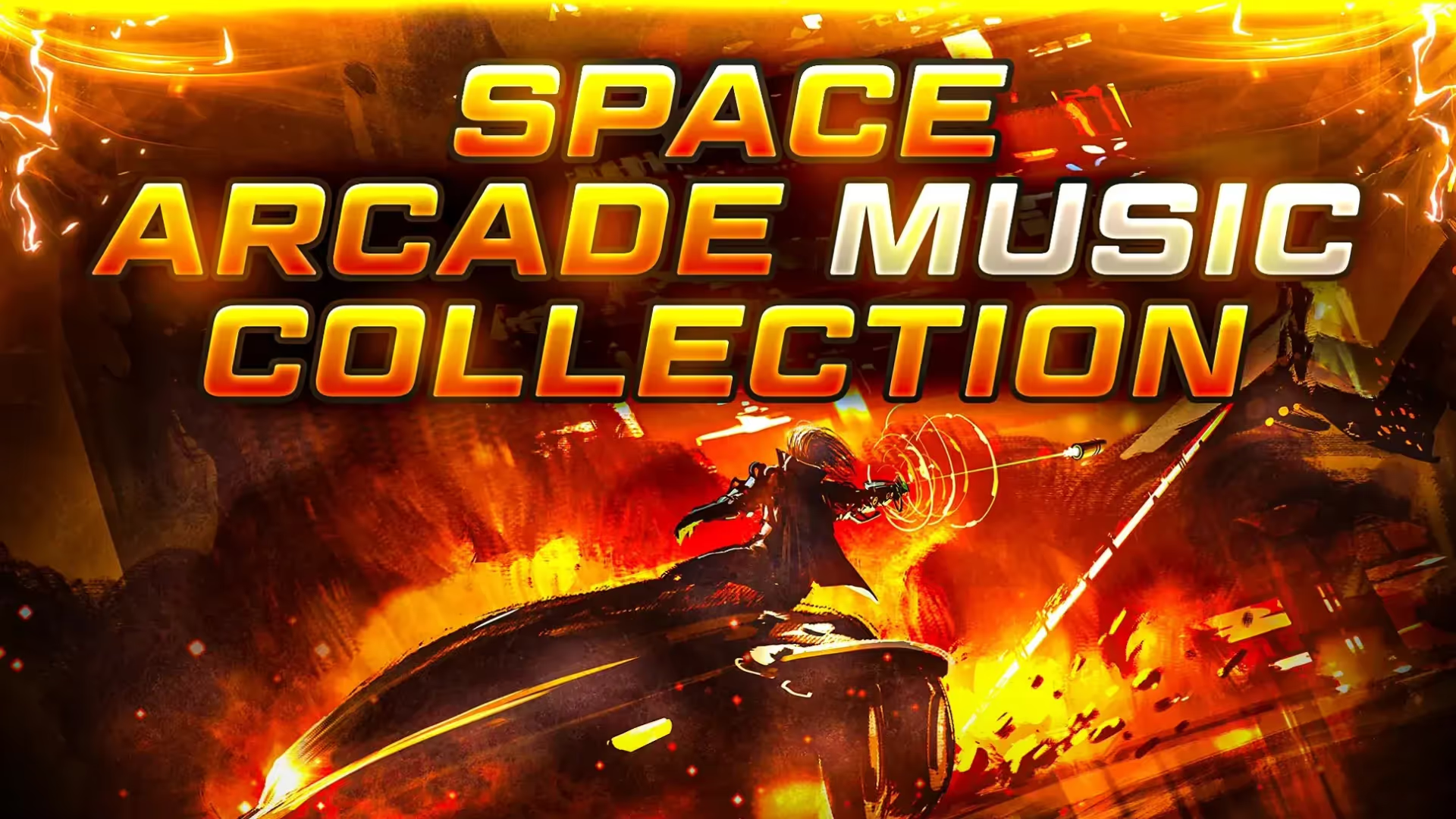


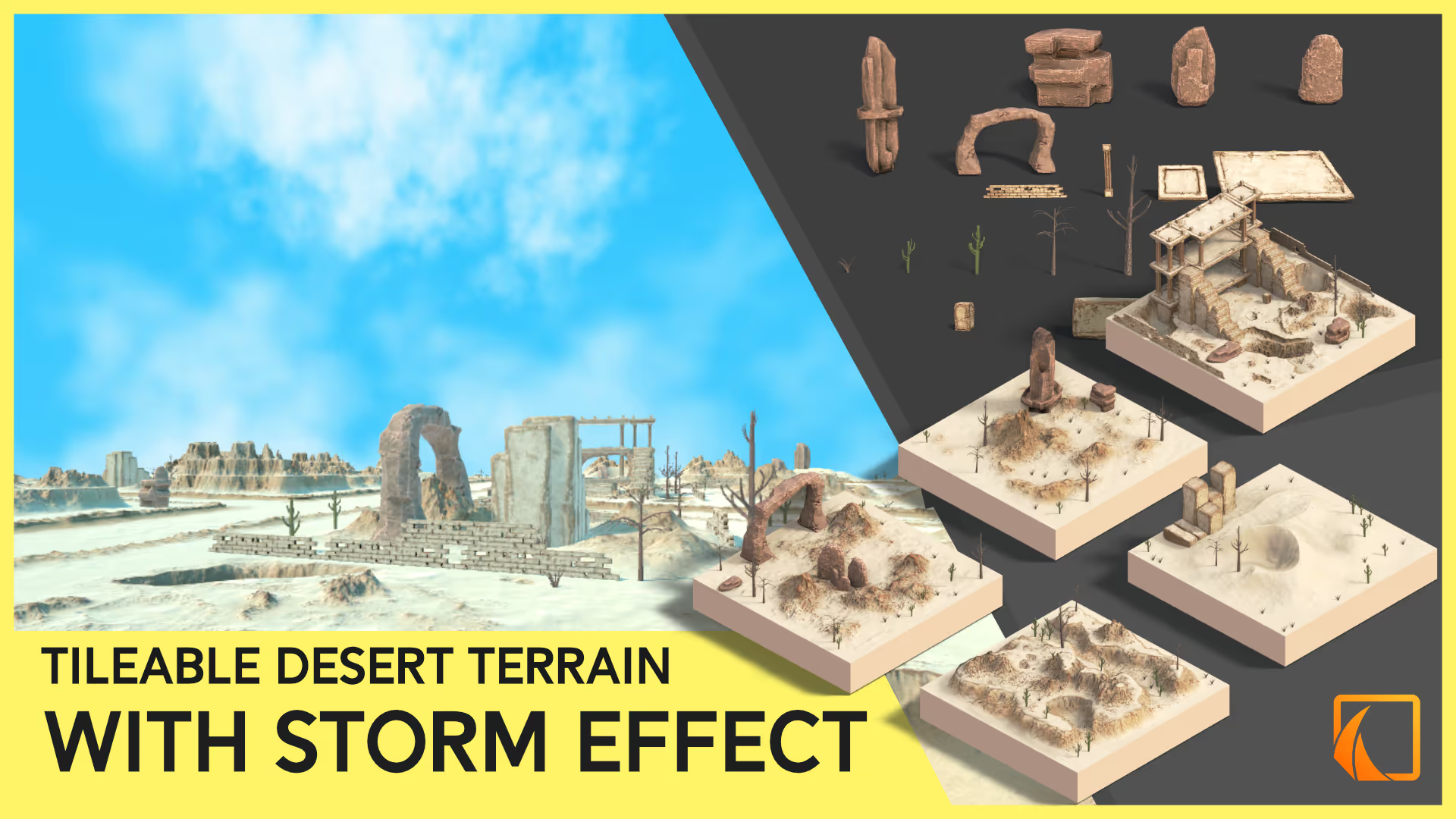
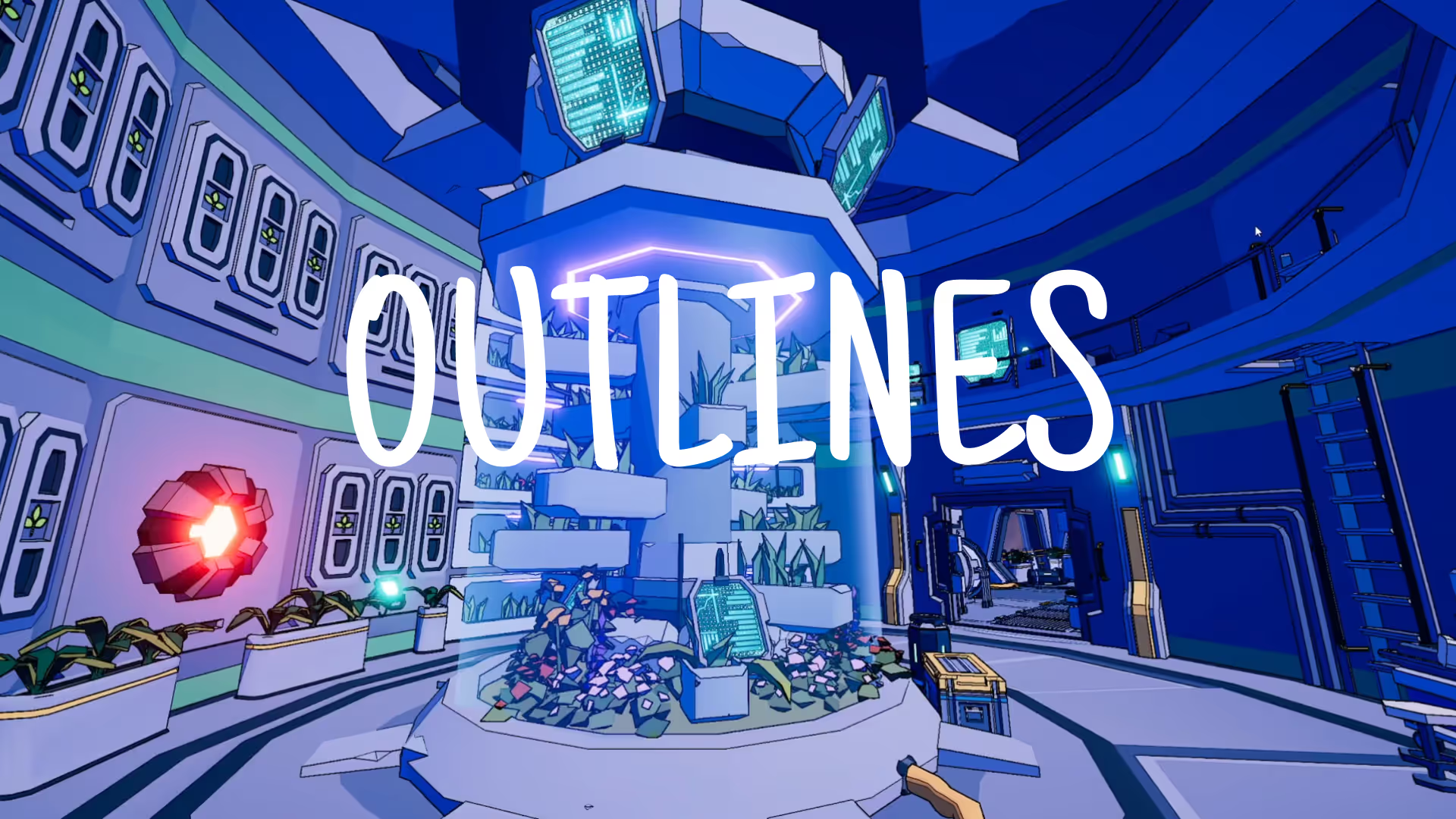
.avif)

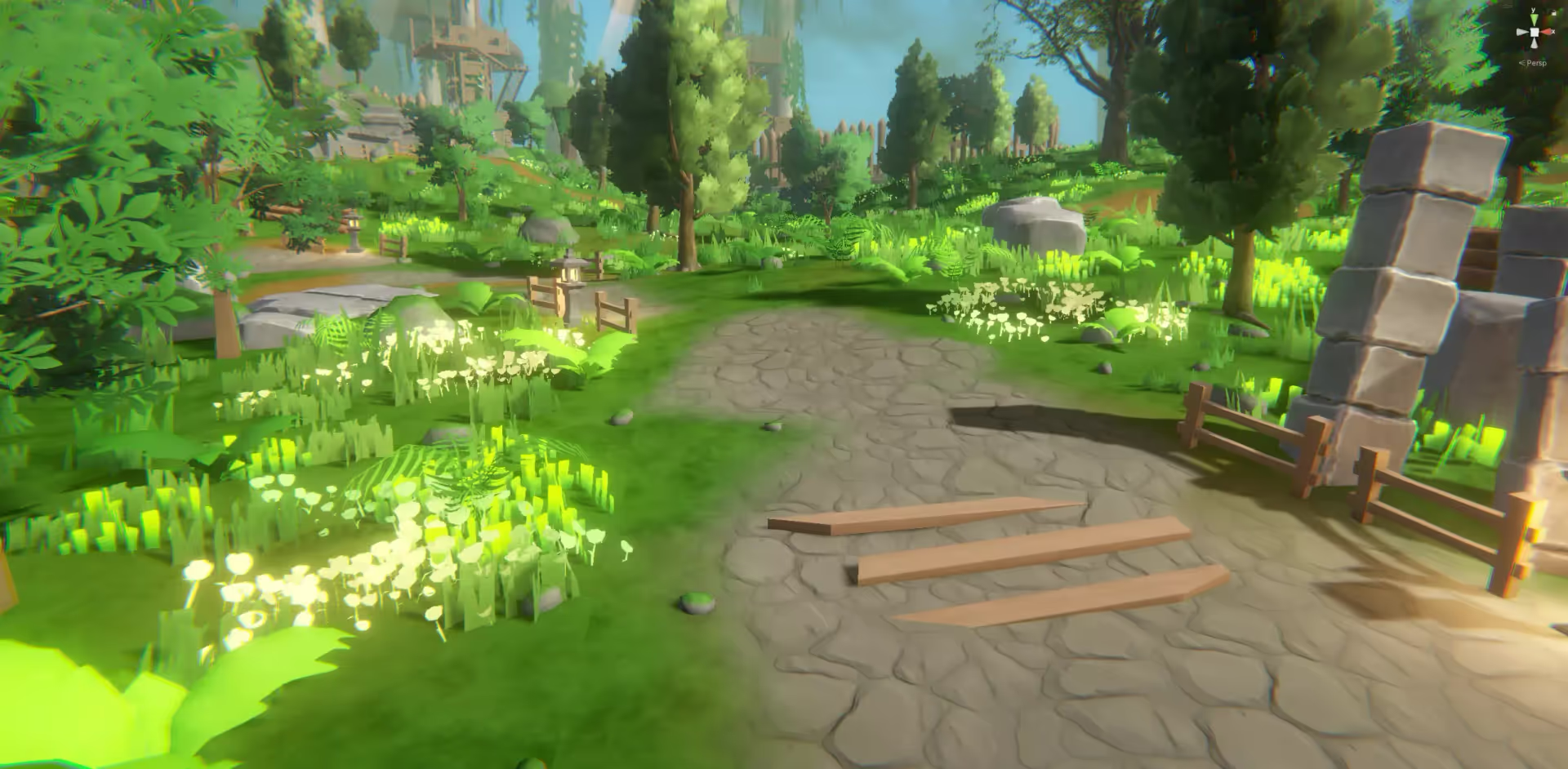
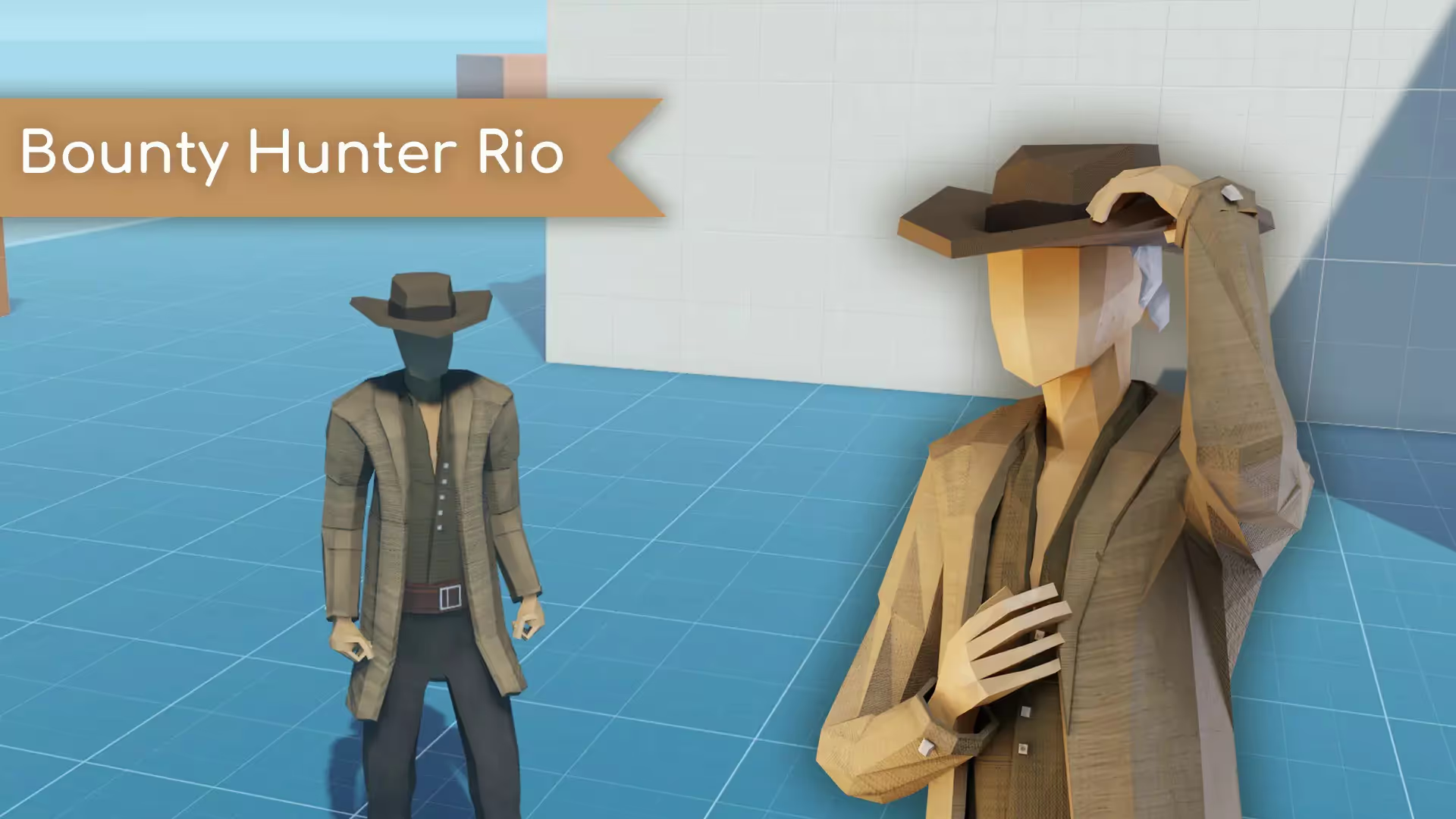
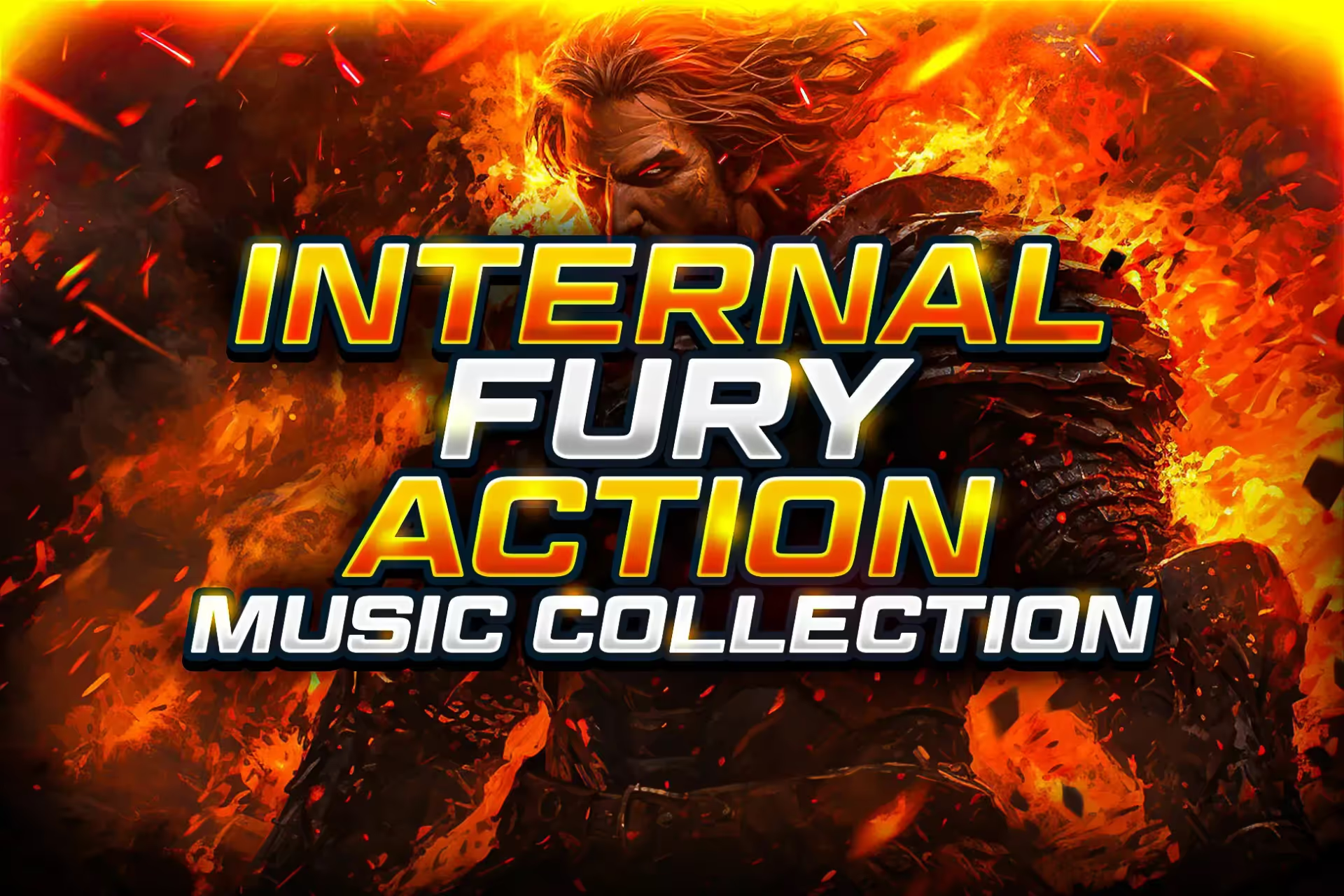
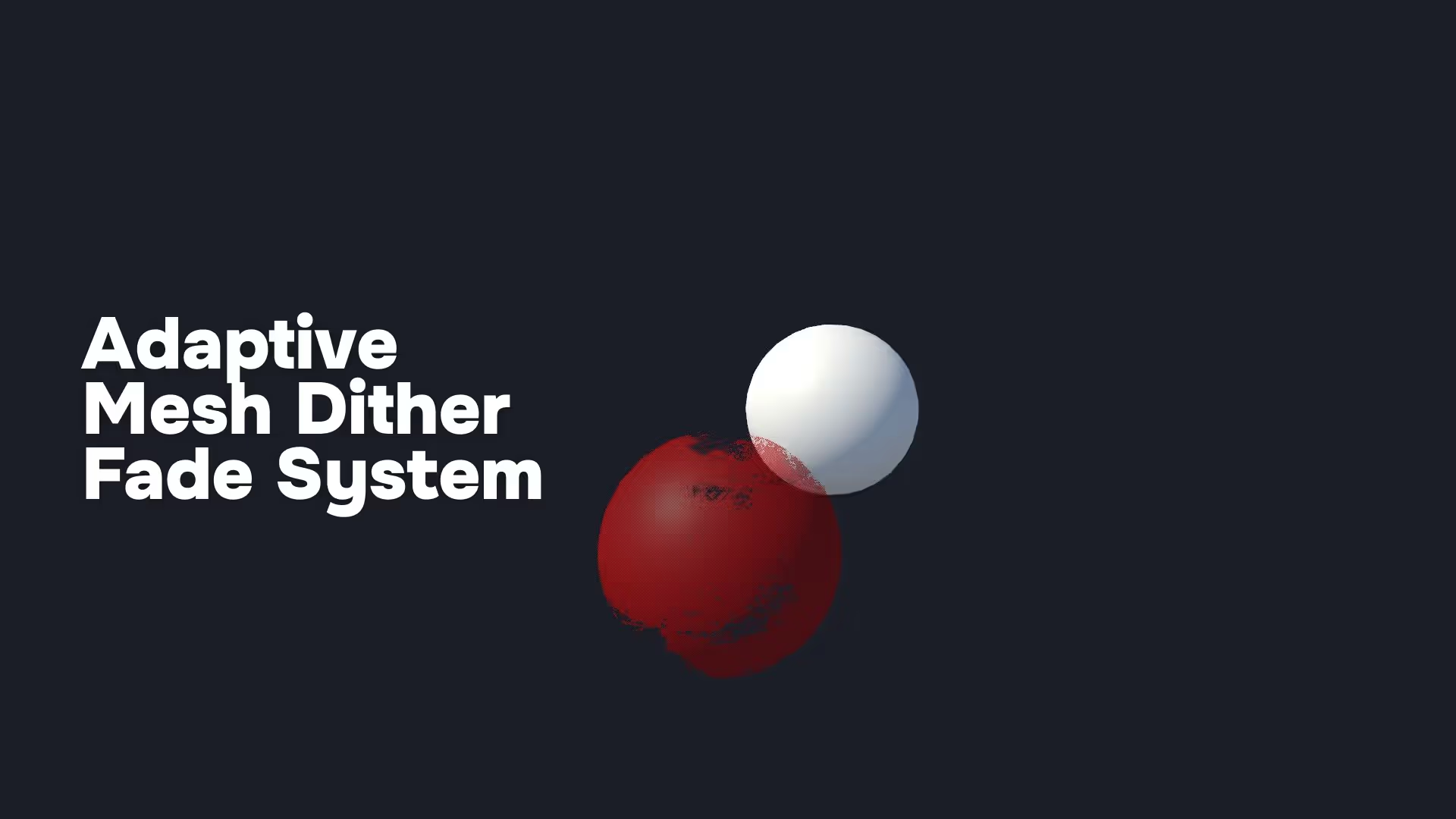
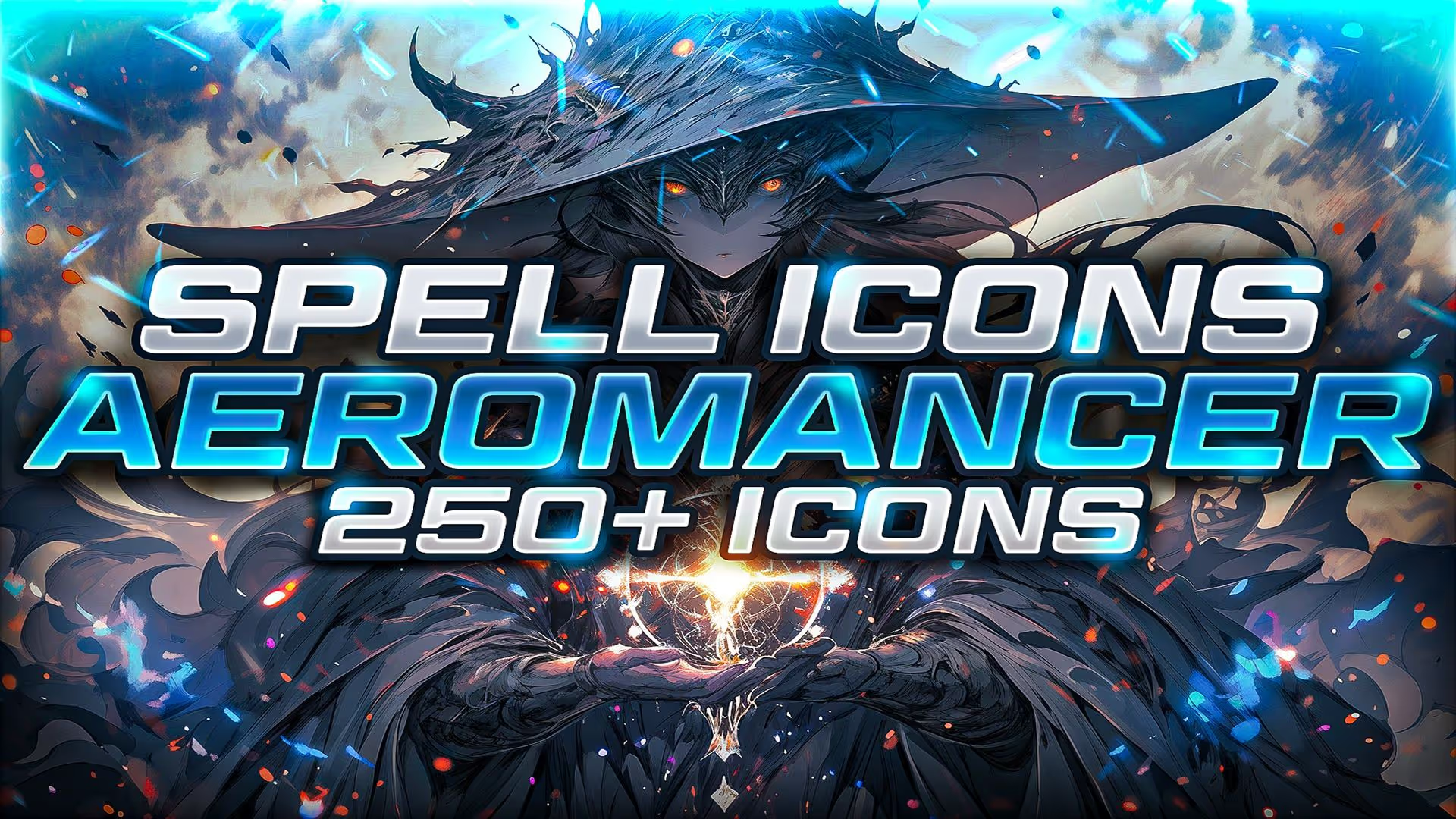

.avif)
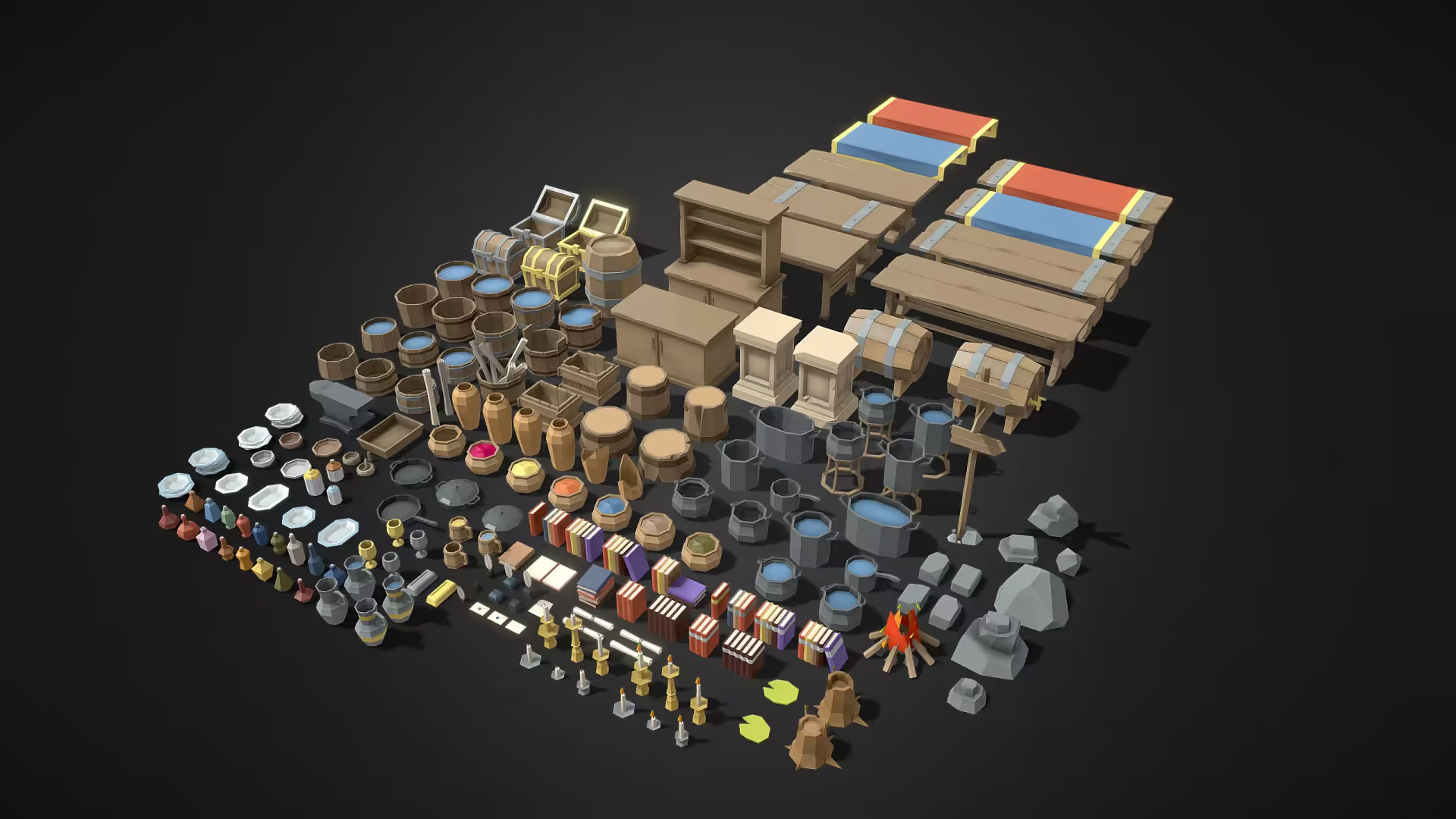
.avif)